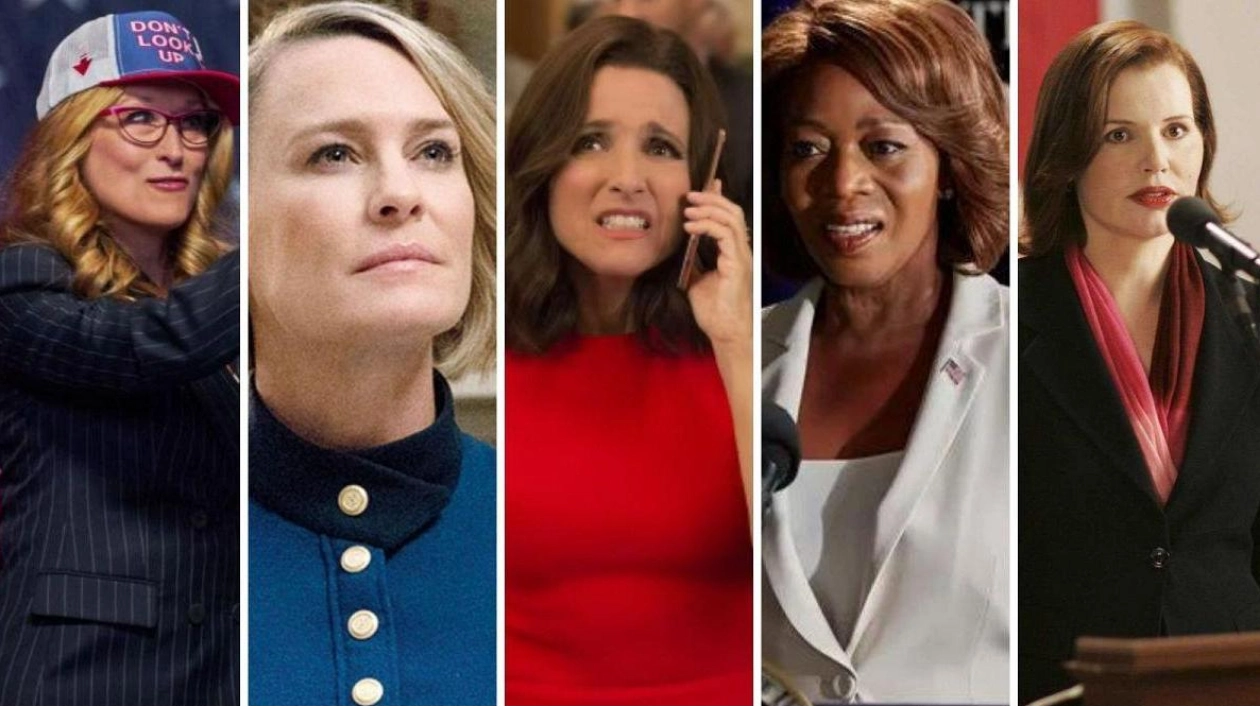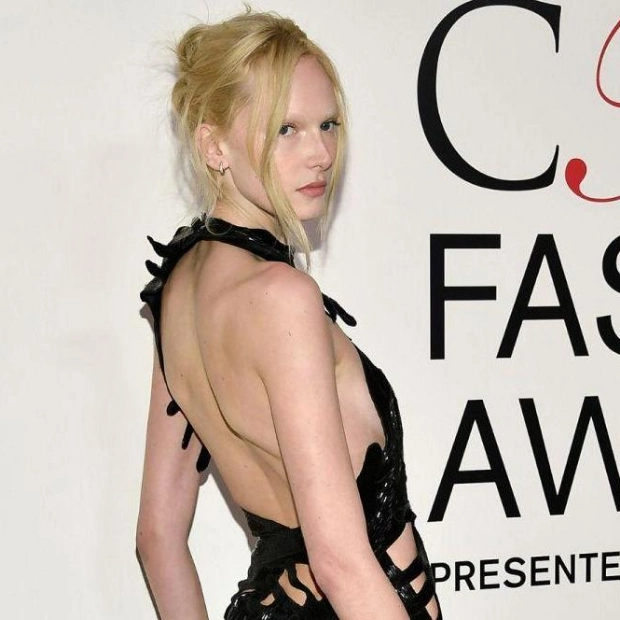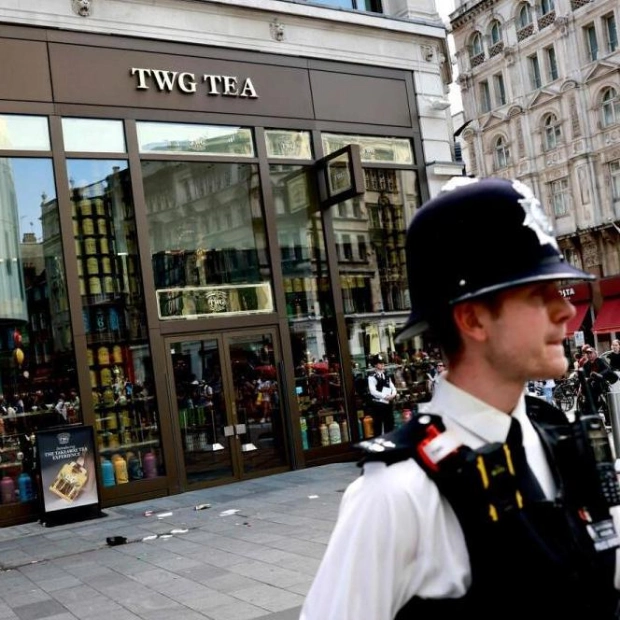The US elections are just around the corner, and to keep our sanity intact, we've been revisiting Veep—the brilliant HBO political comedy created by Scottish satirist Armando Iannucci. This series, centered around fictional Vice President Selina Meyer who eventually becomes POTUS, earned Julia Louis-Dreyfus six Emmy Awards for her role. Although the show concluded in 2019, its viewership has surged since Kamala Harris's candidacy was announced. Louis-Dreyfus noted that the show highlighted how female candidates are scrutinized more than their male counterparts. She mentioned an episode where a character suggests Selina open a speech with 'As a woman,' to which she replies, 'I can't identify as a woman! People can't know that! Men hate that and women who hate women hate that, which I believe is most women.' This was used for comedic effect, but it underscores a real-world issue.
While the US has yet to see a female President in reality, fiction has long surpassed this milestone. The earliest example dates back to 1924 with the silent sci-fi comedy The Last Man on Earth, which featured a woman as President. Since then, numerous films and TV shows have depicted female POTUSs, including Geena Davis's Mackenzie Allen in Commander in Chief, Patricia Wettig's Caroline Reynolds in Prison Break, and Cherry Jones's Allison Taylor in 24. These characters range from the virtuous to the villainous, showcasing the diverse portrayals of women in power.
More recent examples include Viola Davis's President Payton in How to Get Away with Murder, Elizabeth Marvel's President Keane in Homeland, and Bellamy Young's Mellie Grant in Scandal. These characters, though fictional, offer a glimpse into what a female President might look like, highlighting both their strengths and challenges. As we approach the US elections, it's intriguing to see if reality will finally catch up with fiction and elect its first female POTUS.
Source link: https://www.euronews.com






